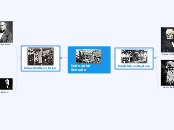par Hams Al Afif Il y a 2 années
332
b
Ancient and modern scientists have significantly contributed to our understanding of the fundamental nature of matter and the forces governing it. Kanada, an ancient Indian philosopher, proposed that everything is composed of indivisible particles called '









